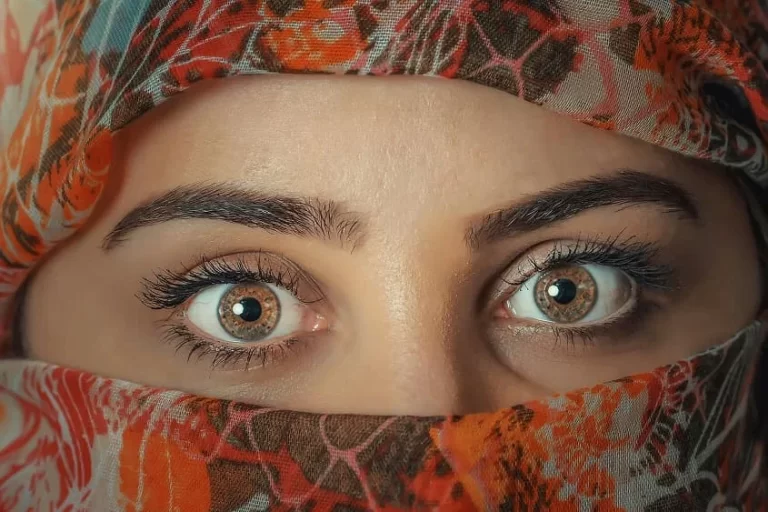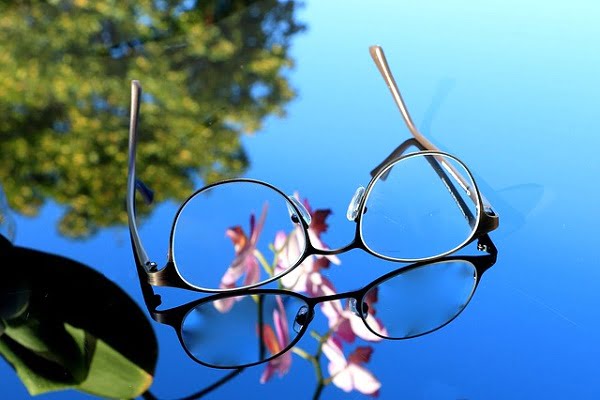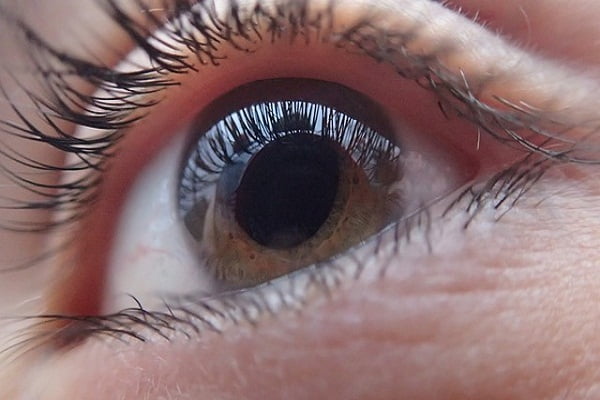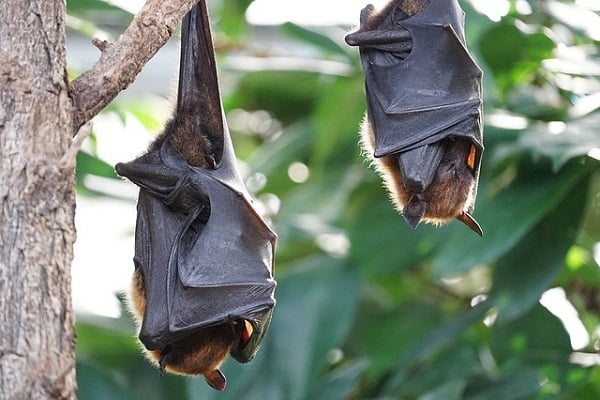Browsing: Rare Diseases
 The page provides quick access to a list of common rare and neglected diseases, syndromes, health conditions, and other topics of health importance. The list is organized alphabetically. Links are provided to respective diseases sections that serve as a comprehensive and ultimate guide about the disease or health condition.
The page provides quick access to a list of common rare and neglected diseases, syndromes, health conditions, and other topics of health importance. The list is organized alphabetically. Links are provided to respective diseases sections that serve as a comprehensive and ultimate guide about the disease or health condition.
According to the World Health Organization (WHO), rare diseases are defined as lifelong disease or disorder which has a prevalence of 1 or less in a population of 1000 people. In the United States, a prevalence of less than 200,000 cases indicates a medical condition to be rare. Rare diseases are also referred as orphan diseases as various drug companies do not want to develop any treatment or medication for it.
Majority of rare diseases occur due to genetic mutations in genes or chromosomes of an individual. Some cases have been reported where rare diseases occur due to an infection or due to rare cancers or autoimmune diseases. These autoimmune diseases do not have any inheritable significance.
Most rare diseases cannot be cured and lead to death of an individual or shortened life expectancy. Till date, all aspects of a rare disease have not been fully identified and understood by scientists, therefore, it is difficult to diagnose, treat and prevent occurrence of such diseases.
Some common rare diseases which have a widespread occurrence are acquired hemophilia, alkaptonuria, alpha and beta thalassemia, cystic fibrosis, Duchene muscular dystrophy, stargardt disease, sickle cell disease, nipah virus infection etc.
Your eyes are invaluable to you, yet many people simply aren’t giving them the due care and attention that they…
Celebrities With Lipedema: Who They Are and Why Their Stories Matter
Lipedema is a chronic fat disorder. It affects millions of people, predominantly women, worldwide. Even though it is quite prevalent,…
Low Vision Glasses for Stargardt Disease and Other Forms of Macular Degeneration
If you have low vision, your standard eyeglasses are not sufficient to help with routine tasks. Your eye doctor may order special glasses for you to help with a variety of everyday tasks. The low vision could be due to many conditions such as macular degeneration.
Countries with reported outbreak of at risk based on serological evidence or molecular detection in Pteropus bats are Australia, Bangladesh, Cambodia, China, India, Indonesia, Madagascar, PNG Taiwan, and Thailand.
Nipah virus disease is mainly found in south Asia. Sporadic outbreaks have been particularly noted in Malaysia, Singapore, India, and Bangladesh since the virus was first discovered in 1999. It is not a common disease. Less than 20 cases are typically reported per year worldwide, although systematic surveillance to monitor the outcomes is lacking.
Acromegaly can affect people of any age but usually it affects people between ages 30 and 50. It is caused by abnormal production of growth hormone after normal growth of the skeleton and other organs is complete. The cause of the increased hormone secretion is generally the presence of a benign pituitary gland tumor.
Stargardt disease (SDGD) is a juvenile form of age-related macular degeneration (AMD) that affects about 25,000 individuals in the United States alone. People who live with Stargardt disease experience unique challenges with daily life. Here are listed top frustrations and experiences people share about living with the disease.
How long a person with Duchenne muscular dystrophy lives depends on many factors. Kids with DMD usually did not survive beyond their teen years until recently. But, with advances in cardiac and respiratory care, life expectancy has increased and is further increasing with more research and clinical trials going on.
Retina Definition The retina of human eye is the sensory membrane that lines the inner surface of the back of…
Nipah Virus (NiV) Disease: Symptoms, Prevention, and More
Nipah (NiV) was first identified during an outbreak of disease that took place in Kampung Sungai Nipah, Malaysia in 1998. Pigs were found to be the intermediate hosts in this outbreak. But, in subsequent NiV outbreaks, there were no intermediate hosts. Currently, there is no drug or vaccine to cure it.













